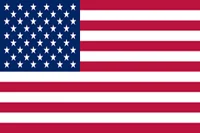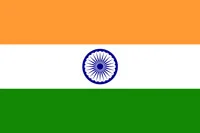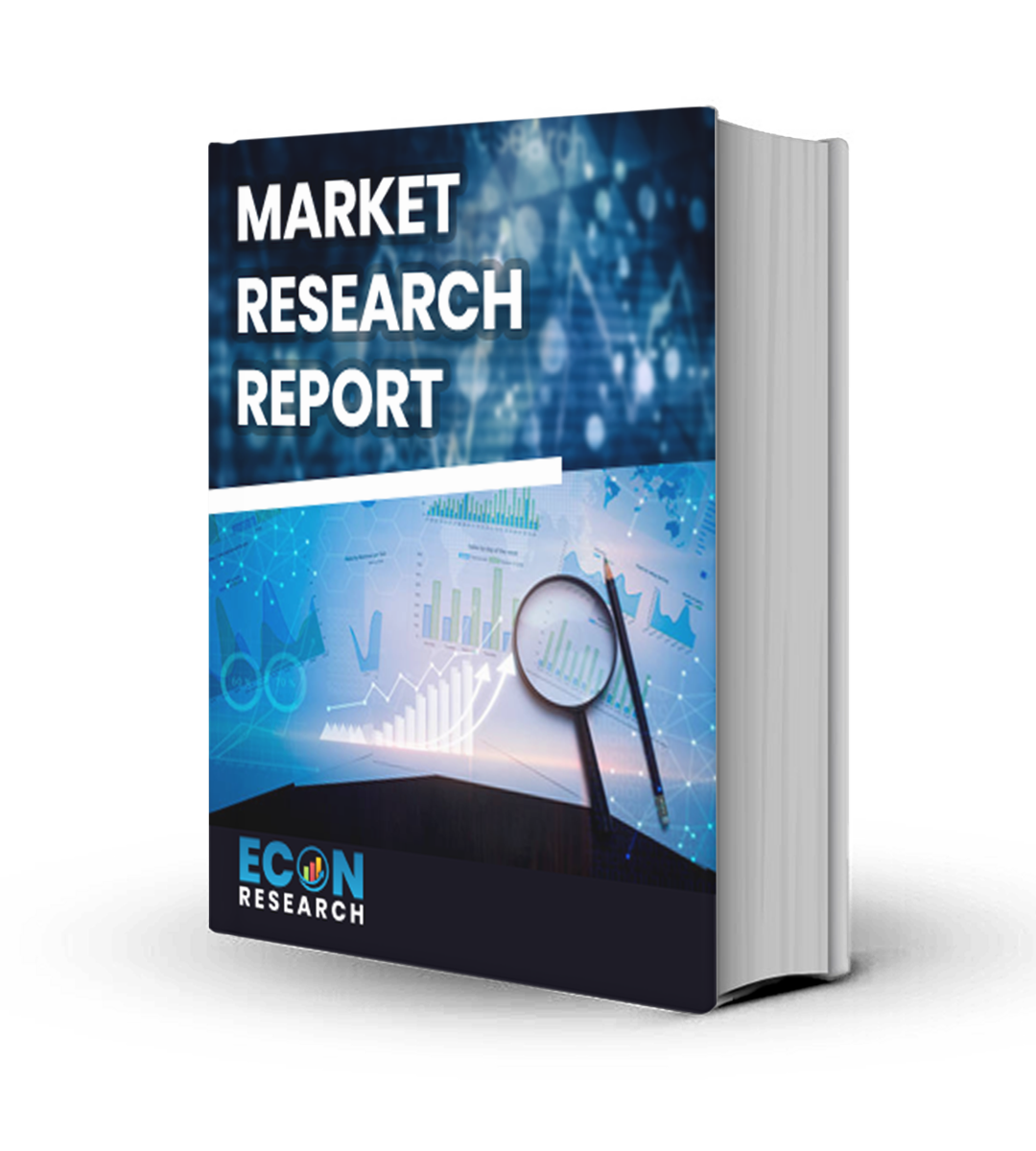Market Introduction
The sustainable fashion market globally is seeing a paradigm shift, with the market valued around USD 8.36 billion in 2024. It is expected to expand at a strong CAGR of 16.33% from 2025 to 2033 and reach USD 28.04 billion by 2033, due to the rising awareness among consumers, policy support, and improved green production methods. Ethical sourcing, minimal environmental impact, and social responsibility are core values of sustainable fashion that redefine the global apparel industry. This market covers a wide range of products, such as eco-friendly clothing, footwear, and accessories. With growing demand for transparency, traceability, and reduced carbon footprints, sustainable fashion is poised to transform the industry landscape.
Key Drivers of the Sustainable Fashion Market
The consumers are demanding ethical, eco-friendly, and socially responsible products. The drivers of this market are growing environmental concerns, with the fashion industry emerging as one of the largest polluting industries globally. Increasing concern over the carbon footprint, water usage, and chemical waste associated with traditional fashion manufacturing processes has led consumers to demand greener alternatives. This change has been improved by the transparency that brands are adopting regarding sourcing, production techniques, and labor conditions. Additionally, market growth has been propelling with the growth in eco-conscious millennials and Gen Z consumers who make sustainability the key preference while buying.
Government policies and also the initiatives at the industry level also contribute to sustainable fashion. Innovative regulatory regimes in key markets that popularize circular economy, such as in the European Union through their Circular Economy Action Plan, force brands to adopt circularity in their supply chain, encourage recycling of materials, and minimize waste. Other fashion companies, though expensive, use organic fabrics, biodegradable materials, and dyes that ensure environmental friendliness. Slow fashion, an increased focus on quality over quantity, promoting longer product lifecycles, is perhaps one of the significant innovations. Cooperation between clothing companies and sustainable textile innovators, for example in biodegradable synthetics or recycled fibres, is also changing the character of the industry. Price is a significant barrier to mass adoption for sustainable materials and production processes, however. The market is further still fighting the battle of "greenwashing" where brands start to make false sustainability claims without proper commitment.
Market Segmentation:
|
Segmentation Criteria |
Sub-Segments |
Key Insights |
|
By Product Type |
Apparel, Footwear, Accessories |
Apparel dominates with growing demand for eco-friendly casual and activewear. |
|
By Material |
Organic Cotton, Recycled Polyester, Hemp, Bamboo |
Recycled polyester gains traction due to its cost-effectiveness and durability. |
|
By End-User |
Men, Women, Kids |
Women lead due to higher awareness and purchasing power in sustainable fashion. |
|
By Distribution Channel |
Online, Offline (Specialty Stores, Department Stores) |
Online channels dominate, driven by consumer preference for digital platforms. |
|
By Price Range |
Premium, Mid-Range, Economy |
Premium segment leads, reflecting growing interest in luxury sustainable brands |
Regional Market Insights
Europe takes the lead, based on the environmental policies in place, demand from consumers for 'green' products, and the cultural aspect of sustainability. Countries like Sweden and Denmark are very proactive in promoting their agenda for sustainable practice within the fashion industry, further energized by innovations in materials and production processes. These regulations by the European Union have made it mandatory for brands to choose greener alternatives, such as organic and recycled fabrics.
The market for sustainable fashion is growing rapidly in North America, especially the U.S. and Canada, with increasing consumer interests in sustainability and ethical fashion choices. However, the expansion of sustainable brands has largely been facilitated through e-commerce, especially in some of the more significant fashion hubs like New York and Los Angeles. Here, both established and new brands are satisfying a market keen on transparency, ethical sourcing, and eco-conscious production.
In Asia-Pacific, especially Japan and South Korea, there is increasing interest in sustainable fashion, though the market is still developing compared to the Western regions. Urban centers are driving demand for more eco-friendly fashion, but obstacles that hinder wider adoption include price sensitivity and consumer education. The region will continue growing as awareness about environmental issues becomes more widespread.
Transitioning to the Latin American region, Brazil is now warming up to the adoption of sustainable fashion-the production of garments from localised material. The Middle East and Africa are still in the infancy stages of adopting sustainable fashion. The market growth here is limited by price sensitivity and lack of awareness; however, there is an increasing demand for sustainability, especially in more urbanized regions.
Regional Analysis:
|
Region |
Key Trends |
Growth Opportunities |
|
North America |
High demand for transparency and ethical sourcing. |
Opportunities in resale platforms and sustainable luxury fashion. |
|
Europe |
Regulatory support and innovation in eco-friendly materials. |
Expansion of circular economy initiatives and rental fashion services. |
|
Asia-Pacific |
Transition of manufacturing hubs to sustainable production. |
Growth in organic and fair-trade certifications. |
|
Latin America |
Gradual consumer shift toward eco-conscious products. |
Opportunities in local sourcing and exports of sustainable textiles. |
|
MEA |
Urban demand for eco-friendly luxury brands. |
Growth in sustainable footwear and accessories for affluent consumers. |
Competitive Landscape
Major fashion giants such as H&M, Nike, and Patagonia are leading the industry in giant strides with such initiatives, such as organic and recycled material usage and reducing waste with circular fashion models. For example, H&M has been championing sustainable efforts through its Conscious Collection, which consists of organic cotton and sustainable fabrics, and Nike's Reuse-A-Shoe encourages old shoes to be reused in the creation of new products.
Concomitant with this is the meteoric rise in popularity of new and innovative players such as Everlane, Reformation, and Allbirds, who are gaining appeal by framing themselves as environmentally friendly. These brands allow significant transparency on sourcing, manufacturing processes, and the impact these products have on the environment. They particularly find alternative materials to be their comfort zone, like plant-based fabrics and upcycled textiles, which puts them at the forefront of sustainable fashion. Allbirds, for instance, is known for using merino wool and eucalyptus fibers which are a renewable source with lower carbon than the traditional materials.
Beyond these major players, luxury brands such as Stella McCartney and Prada are also slowly adding sustainability elements into their collections. Stella McCartney, indeed, was one of the first brands that pioneered cruelty-free and eco-friendly material use on all her fashion lines. Similarly, Levi Strauss & Co. is adding eco-friendly collections and coming up with more sustainable forms of production, along with new initiatives concerning environmental stewardship.
Competition in the market continues growing since more consumers require sustainable products. Companies differentiate themselves through innovation in materials, ethical labor practices, and transparency in their supply chains. The increasing importance of sustainability among consumers' purchasing decisions has prompted both established brands and new entrants to adopt greener practices, creating a dynamic and competitive environment in the sustainable fashion market.
Market Trends and Innovations
- Circular Fashion: Resale platforms, rental services, and upcycled products are gaining popularity globally.
- Innovative Materials: Growing use of lab-grown leather, plant-based textiles, and bioengineered fabrics.
- Blockchain for Transparency: Adoption of blockchain to ensure traceability and authenticity in supply chains.
Future Outlook (2025-2033)
The global sustainable fashion market is expected to flourish as consumers and businesses alike prioritize eco-friendly and socially responsible practices. By 2033, the market is anticipated to reach a valuation of USD 28.04 billion, driven by circular economy initiatives, digitalization of sales channels, and advancements in materials science. The shift toward transparency and ethical sourcing will further solidify sustainable fashion as a key pillar of the global apparel industry.
Objectives of the Study
The objectives of the study are summarized in 5 stages. They are as mentioned below:
- Global Sustainable Fashion size and forecast: To identify and estimate the market size for global Sustainable Fashion market segmented By Product Type, By Material, By End-User, By Distribution Channel, By Price Range, and by region. Also, to understand the consumption/ demand created by consumers between 2025 and 2033.
- Market Landscape and Trends: To identify and infer the drivers, restraints, opportunities, and challenges for global Sustainable Fashion
- Market Influencing Factors: To find out the factors which are affecting the market of global Sustainable Fashion among consumers.
- Company Profiling: To provide a detailed insight into the major companies operating in the market. The profiling will include the financial health of the company's past 2-3 years with segmental and regional revenue breakup, product offering, recent developments, SWOT analysis, and key strategies.
Frequently Asked Questions
Request For Table of Content
Research Methodology
Multi-report Purchase Plan
A Customized Plan Will be Created Based on the number of reports you wish to purchase
InquireRelated Reports
Client Testimonials
“We value your excellent customer service, promptness in responding, flexibility in customizing reports, and pleasant manner in general. ”
June S. Lee - SBIC/SBP&T Co.,Ltd
“The study and the services provided by Econ Research have more than met my expectations. The study has good depth and breadth and was reasonably priced. Instant responses to my questions delighted me, and the project went off without a hitch. When I require information about a different industry to help my clients, Econ Research would be the first market research firm I would get in touch with.”
Dan Dybus - AlixPartners


